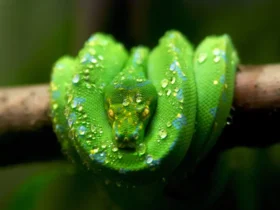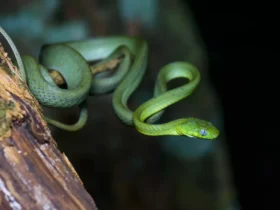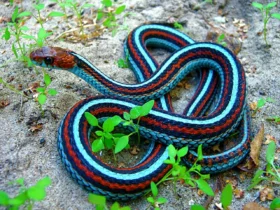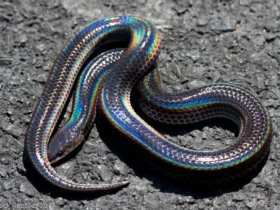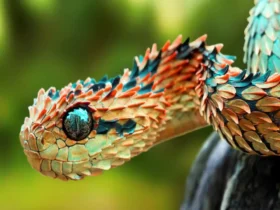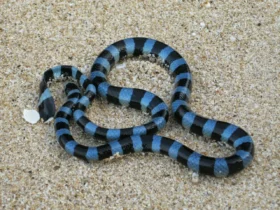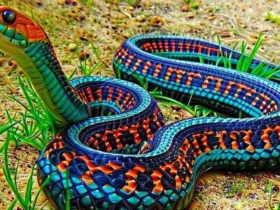In the warm, sun-drenched habitats of the Americas, a magnificent serpent glides with grace and power—the Indigo Snake (Drymarchon spp.). Known for its striking appearance, impressive size, and ecological importance, this nonvenomous constrictor has captured the attention and admiration of snake enthusiasts worldwide. Join us as we venture into the captivating world of the Indigo Snake, exploring its appearance, behavior, habitat, and significance in its ecosystems.
Indigo Snake images
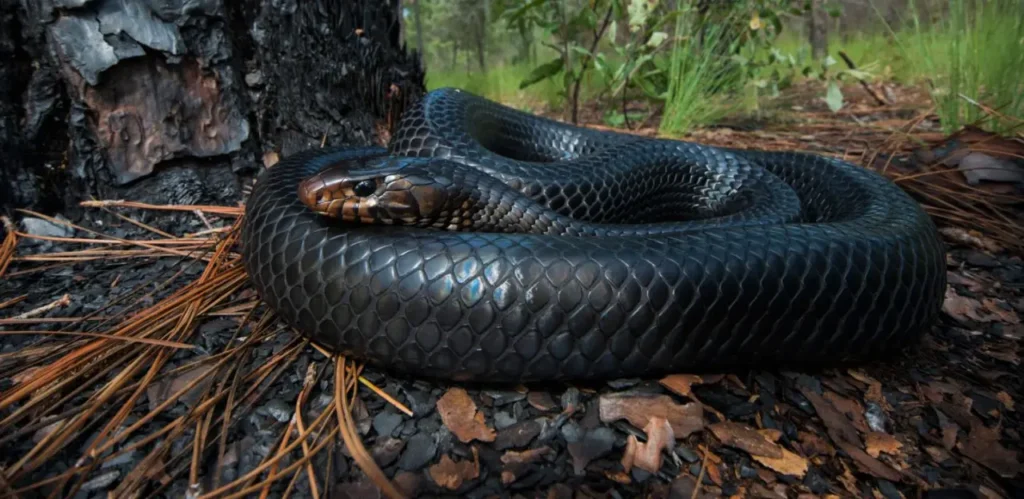
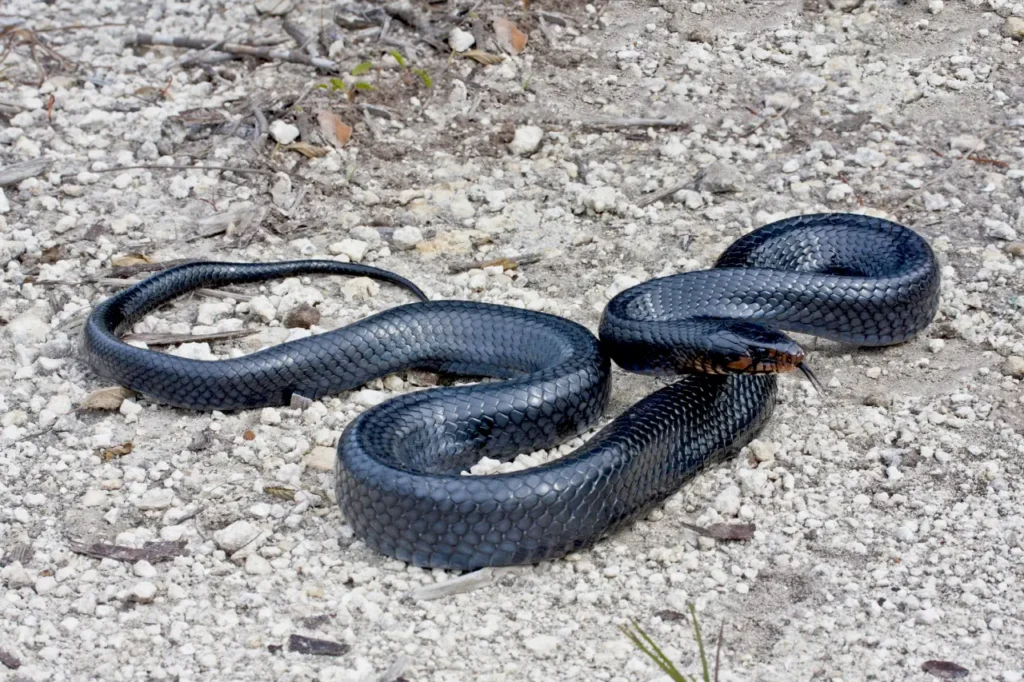
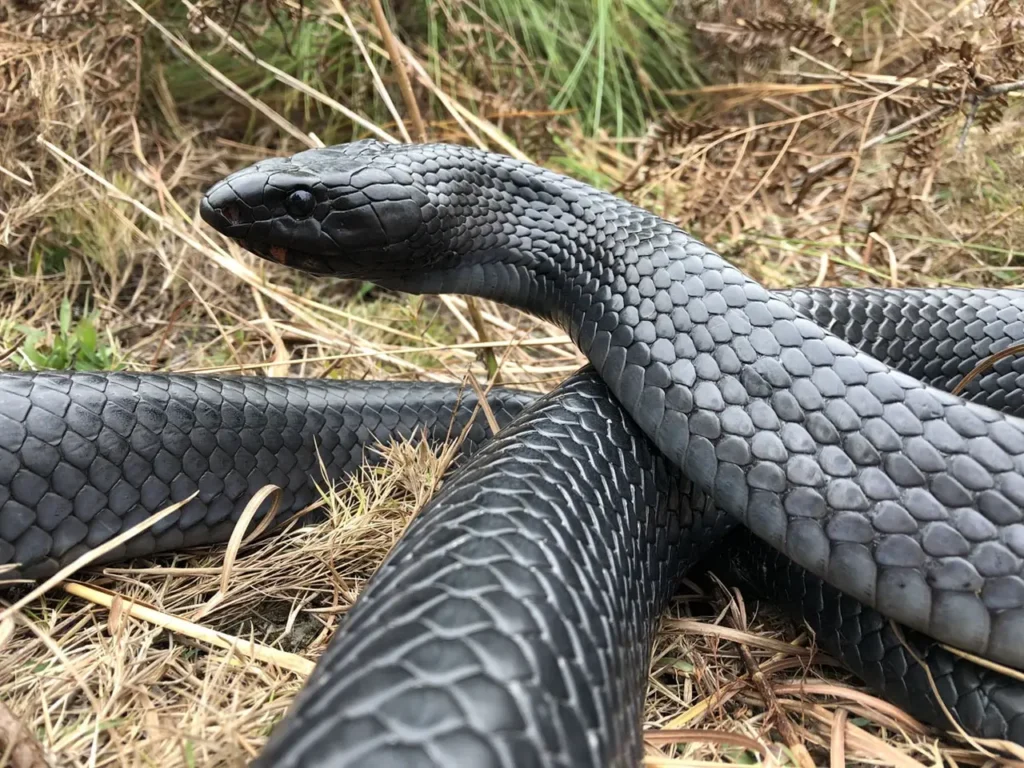
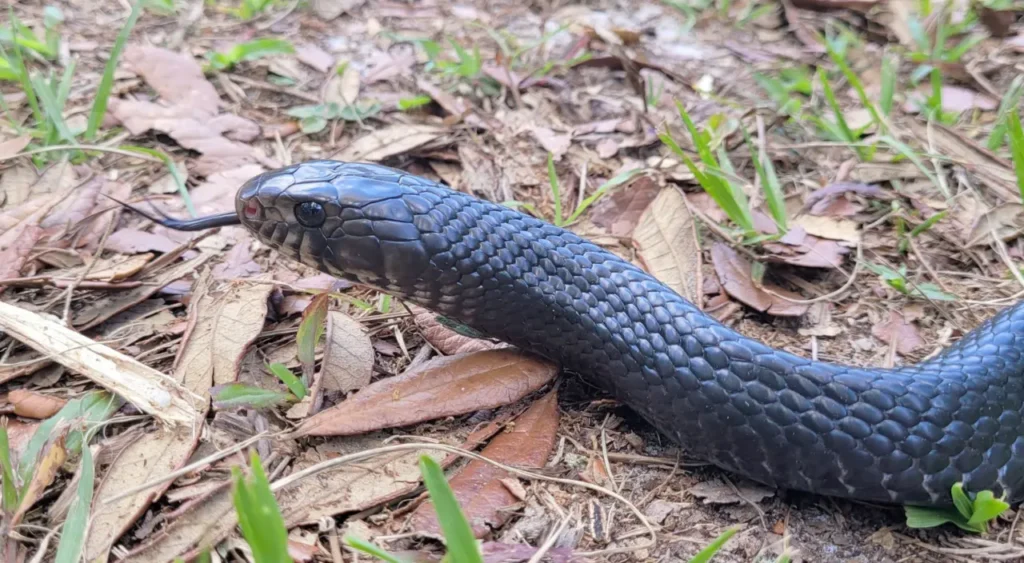
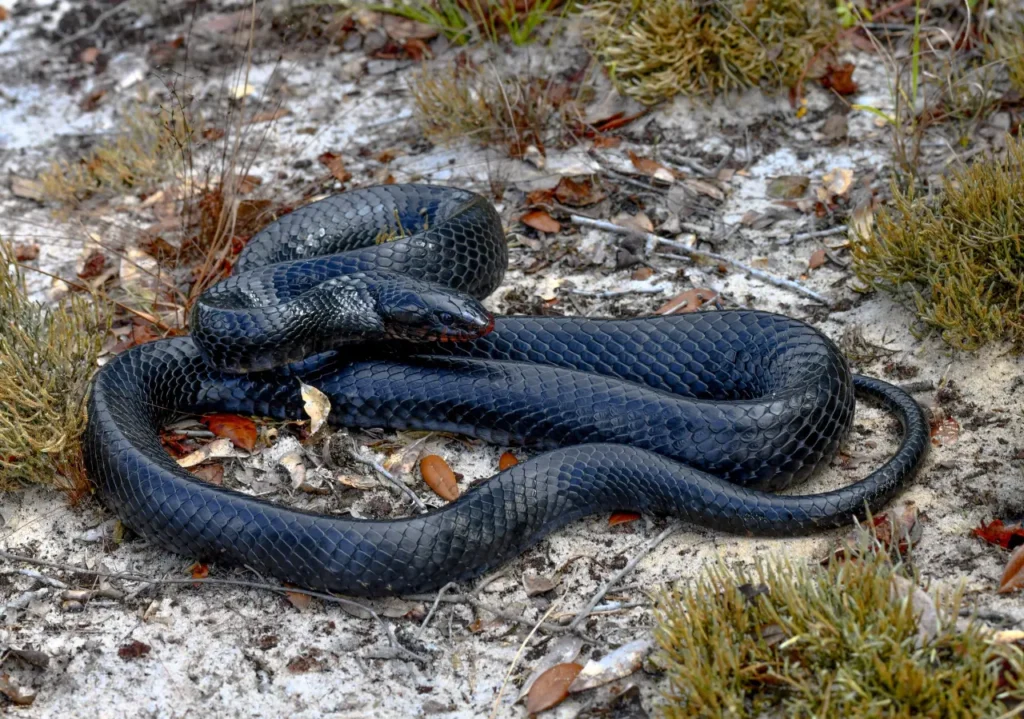
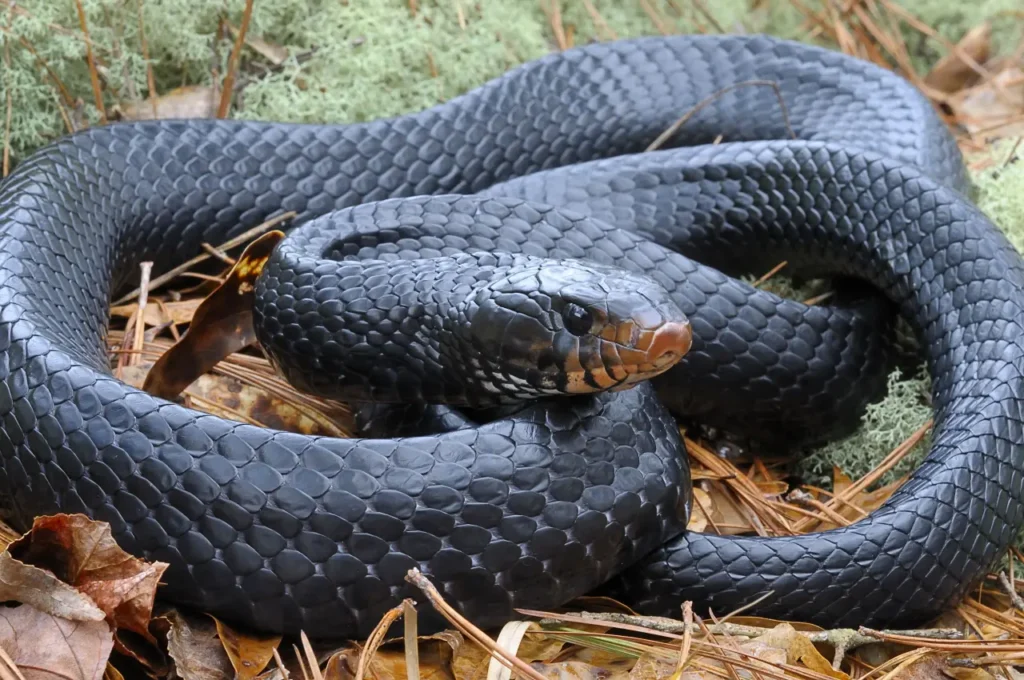
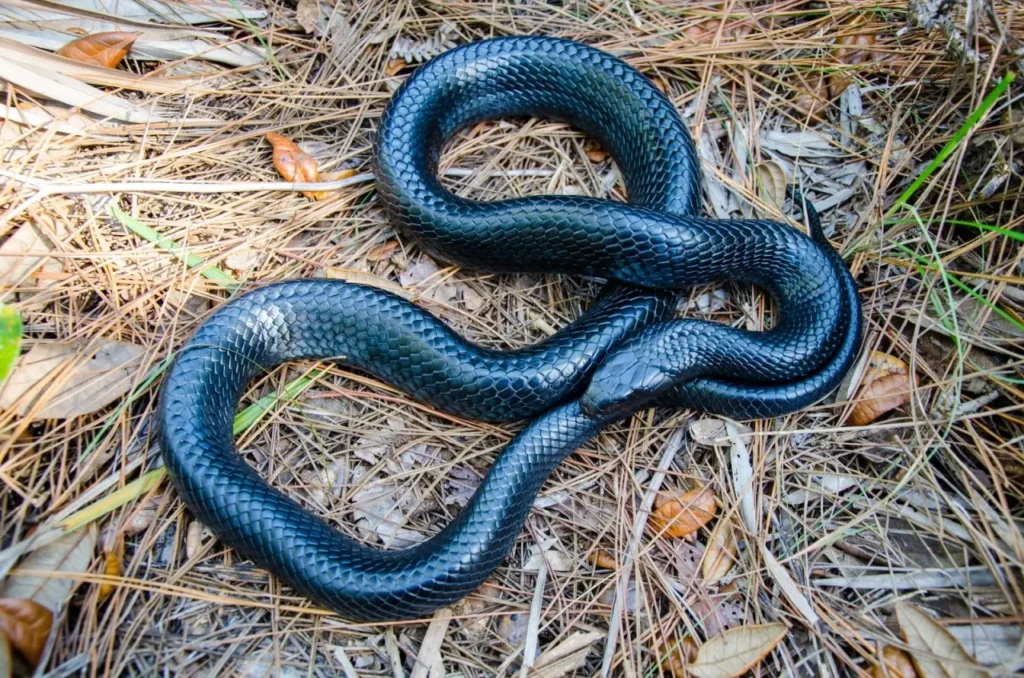
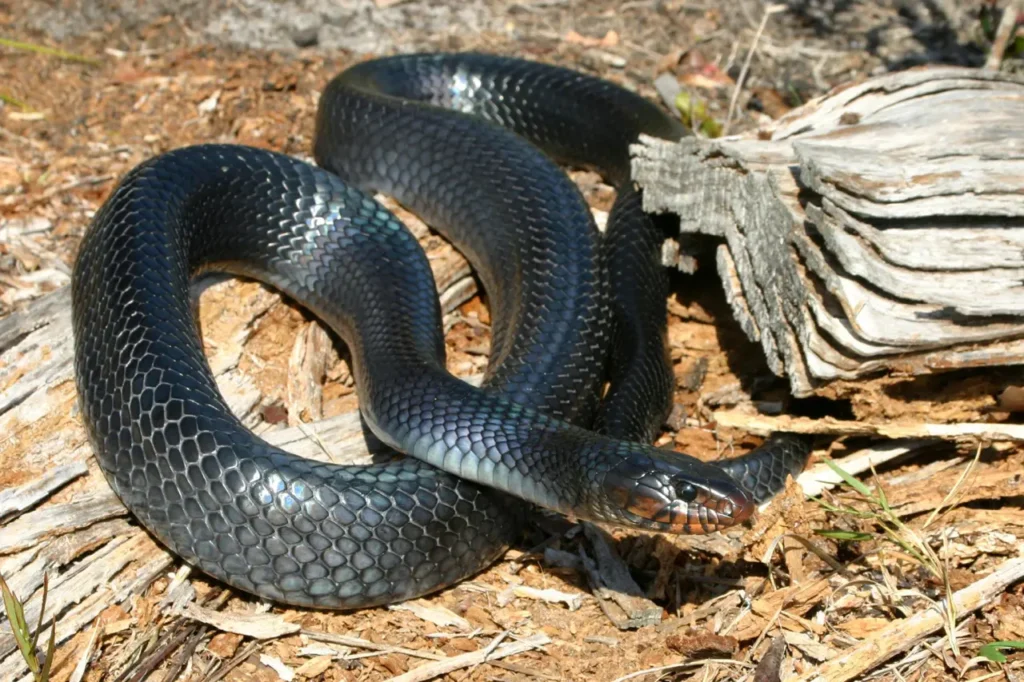
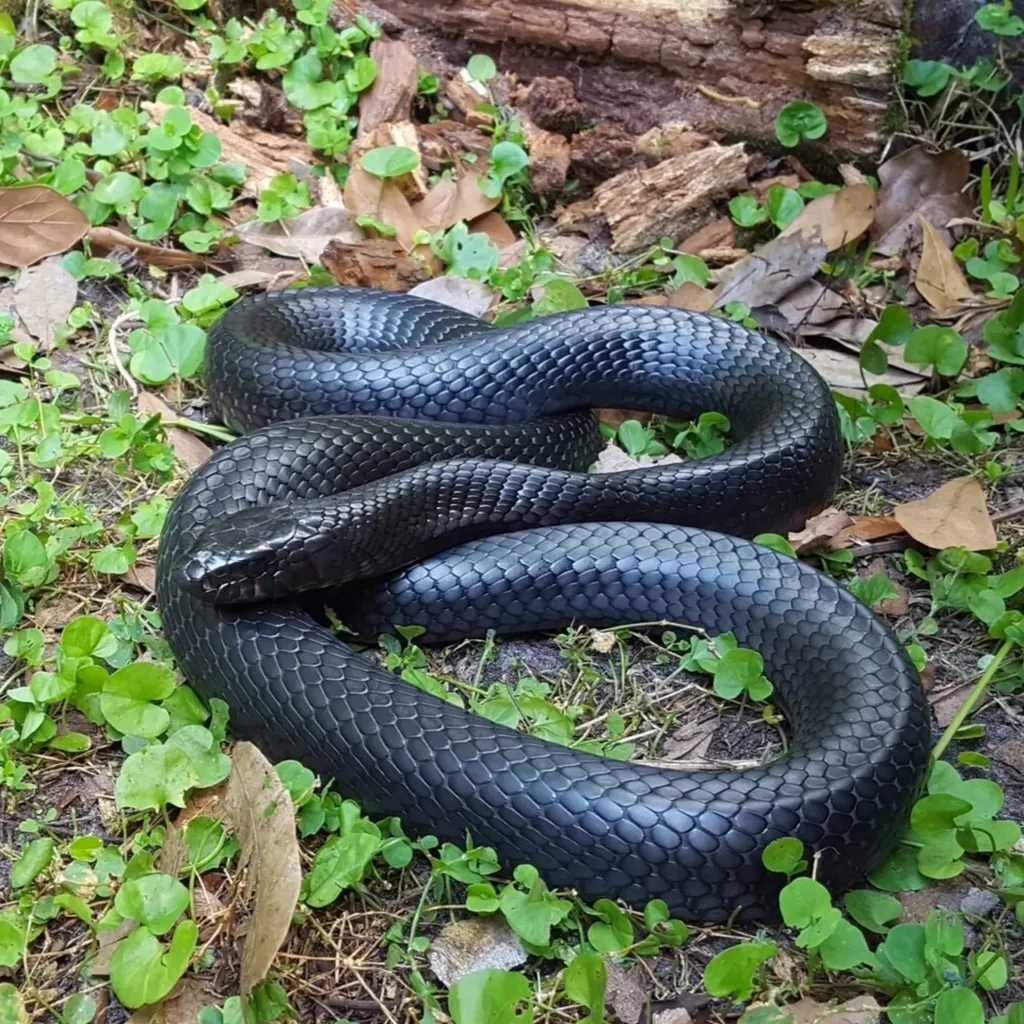
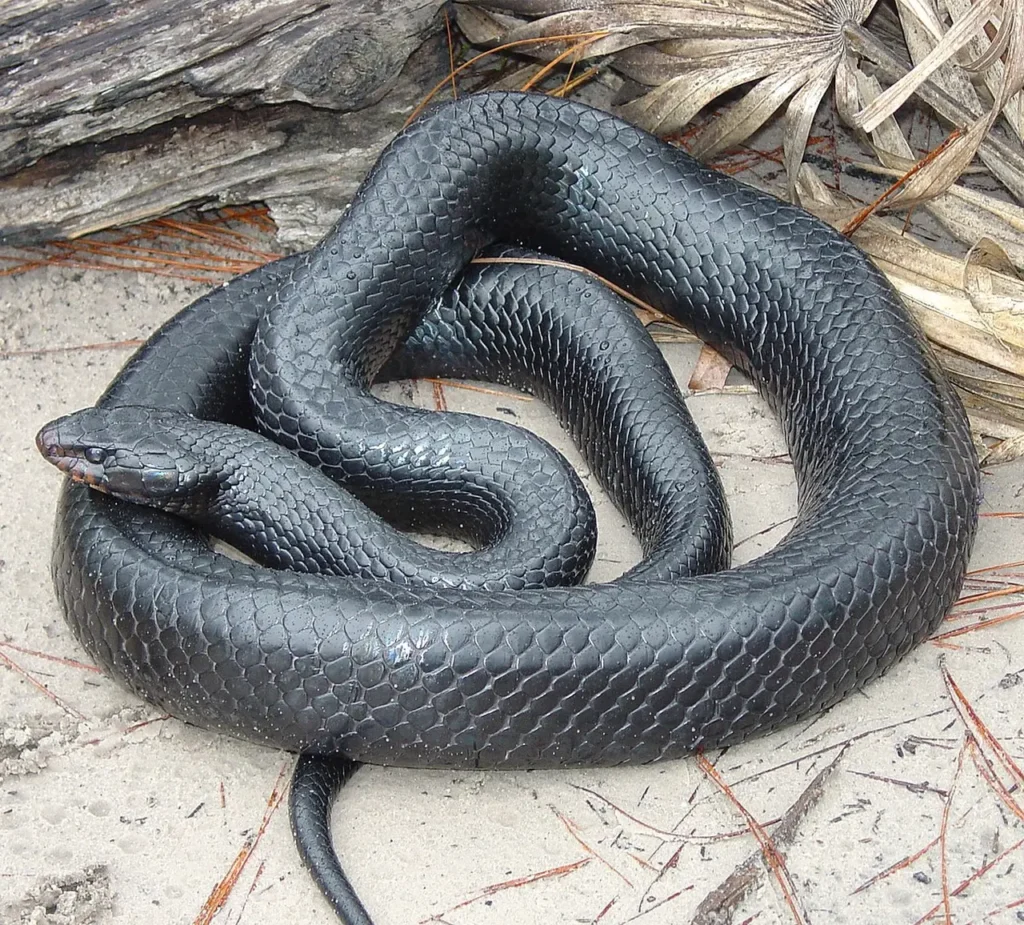
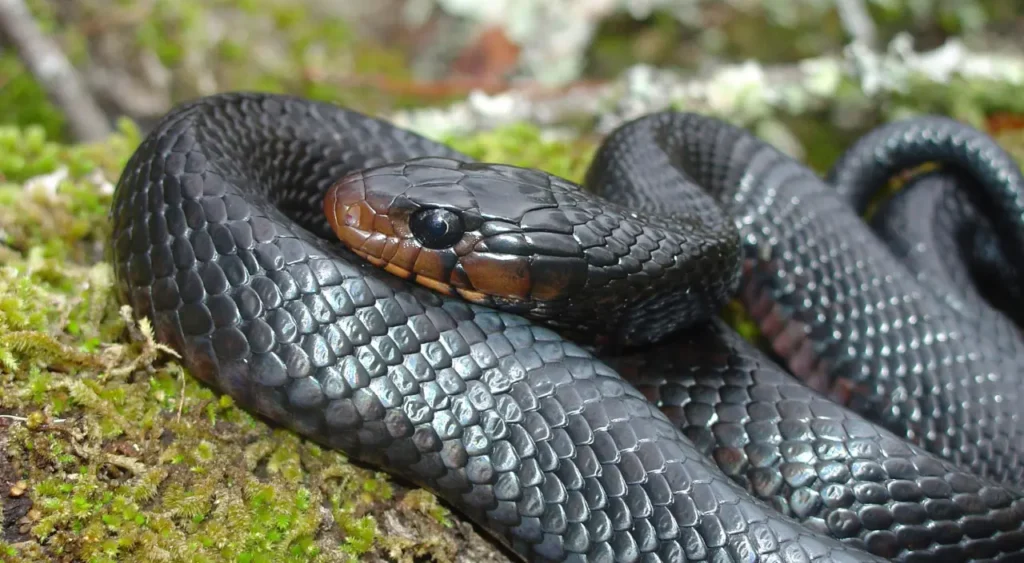
Appearance and Distribution
The Indigo Snake is a large and robust snake that can reach lengths of up to 2.5 meters (8 feet) or more. It is known for its glossy, iridescent scales that exhibit shades of deep blues, purples, and blacks, reminiscent of the indigo dye from which it derives its name. Its smooth, sleek body and powerful musculature allow it to move swiftly and gracefully through a variety of habitats. The Indigo Snake is native to parts of North America, with different species found in regions such as the Southeastern United States, Mexico, Central America, and the Caribbean.
Behavior and Adaptations
Indigo Snakes are primarily terrestrial and are well adapted to a range of habitats, including forests, grasslands, and marshes. They are excellent climbers and swimmers, displaying agility both on land and in water. These snakes are also known for their agility in burrowing, utilizing their muscular bodies and pointed snouts to create burrows or seek refuge in existing underground tunnels.
As nonvenomous constrictors, Indigo Snakes use their strong bodies to capture and overpower their prey, which primarily consists of small mammals, birds, and reptiles. They are known to eat venomous snakes, including rattlesnakes, rendering them valuable in controlling populations of these potentially dangerous species.
Conservation Status and Threats
The Indigo Snake faces numerous threats to its survival, primarily due to habitat loss, fragmentation, and degradation. Urban development, agriculture, and road construction pose significant challenges to their populations. Additionally, they are vulnerable to collection for the exotic pet trade and illegal hunting. Consequently, several species of Indigo Snakes are listed as threatened or endangered, warranting conservation efforts and protection measures.
Ecological Significance
Indigo Snakes play a crucial role in their ecosystems as both predators and prey. As apex predators, they help regulate populations of small mammals and reptiles, contributing to the balance and health of their habitats. They also provide food sources for larger predators, such as birds of prey and carnivorous mammals. Furthermore, as burrowers, they create shelters that are later used by various other species, benefiting biodiversity within their ecosystems.
Conservation and Recovery Efforts
Numerous conservation organizations and government agencies are working diligently to protect and conserve Indigo Snakes and their habitats. Efforts include habitat restoration, protected area designation, public education, and captive breeding programs for reintroduction into the wild. These initiatives are vital for the long-term survival of these majestic serpents.
Appreciating the Beauty of Nature’s Indigo Serpent
The Indigo Snake, with its remarkable appearance, ecological significance, and ability to adapt to diverse environments, symbolizes the awe-inspiring diversity of the natural world. By recognizing its importance and working towards its conservation, we contribute to the preservation of the delicate balance of ecosystems in which it thrives.
Let us celebrate the captivating beauty and ecological significance of the Indigo Snake, and strive to protect its habitats and ensure its rightful place in the tapestry of the Americas’ biodiversity.
